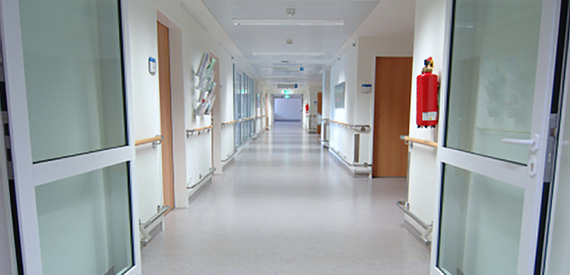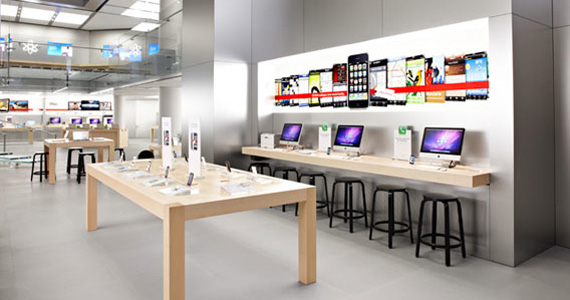What does your visual environment say about your hospital brand?

Imagine that you are a patient, family member or guest visiting your hospital for the first time. As you enter through the doors and walk through the hallways, what do you see and feel?
- Is it high tech and clinical, friendly and warm, or tired and worn out?
- What’s the energy level — bustling with activity or quiet?
- Does it make you feel intimidated or is it welcoming?
Does it feel like any hospital, or is there something special going on here?
The typical hospital has thousands of employees, physicians, patients and guests visiting each day. The impression they take away — be it good, indifferent or bad — will have a greater impact on their perceptions of the hospital brand than any advertising campaign could hope to. Yet, a surprising number of hospitals don’t take brand into consideration when making major architecture and interior design decisions.
A recent article in the New York Times discusses how Steve Jobs used the Apple brand vision to inform his architecture and interior design decisions. To Jobs, Apple’s innovation was less about bleeding edge technology and more about making innovation comfortable for people. Bringing modernism, technology and ease of use together successfully is a huge challenge. Yet, it’s that thinking — marrying those elements — that has become Apple’s brand promise to its customers.

Apple is a master at implementing its brand standards across all consumer touch points. They’ve aligned the physical look of spaces with products, and by doing so they’ve emotionally aligned the customer with those environments, from the interior design down to the people they’ve made available to help you.
Imagine the impact on the physician and patient experience if your hospital were to follow Apple’s lead.
Related Reading: Organizational alignment: using owned media to inspire physicians and staff
